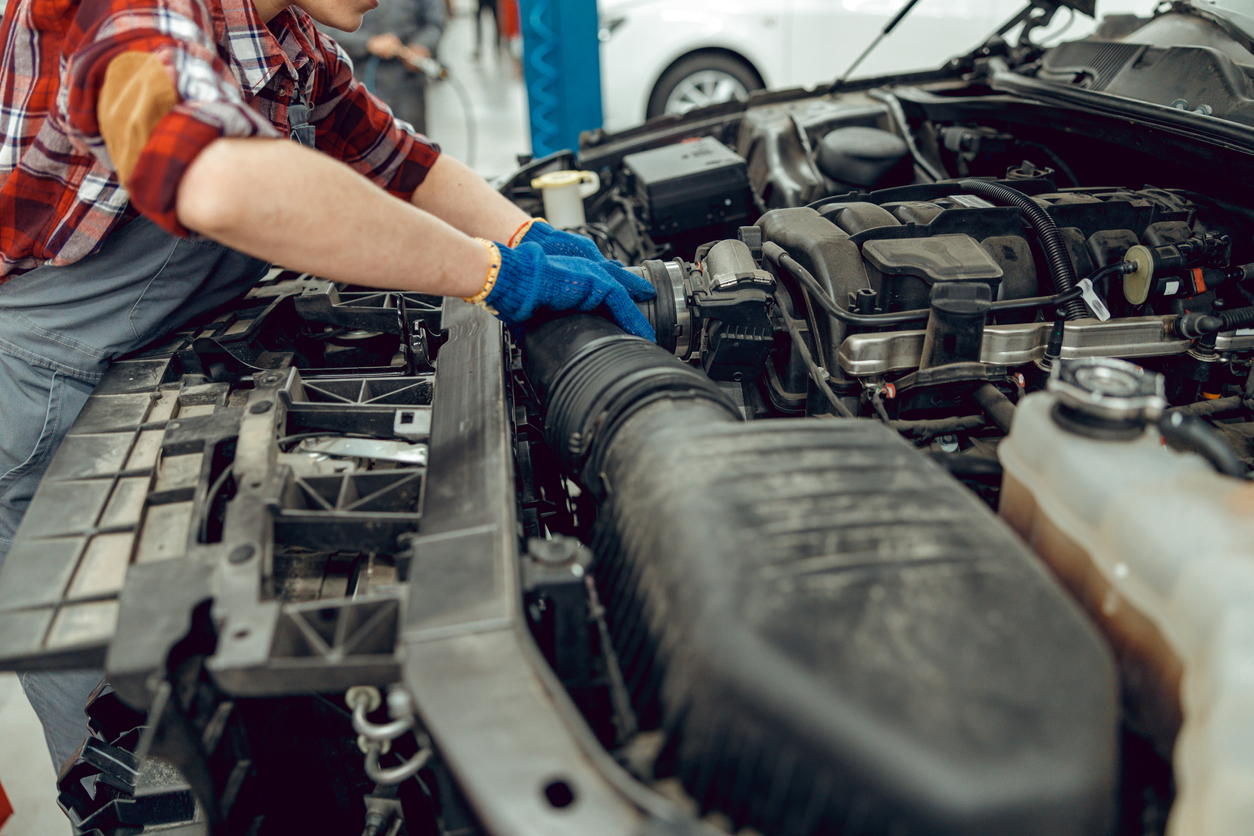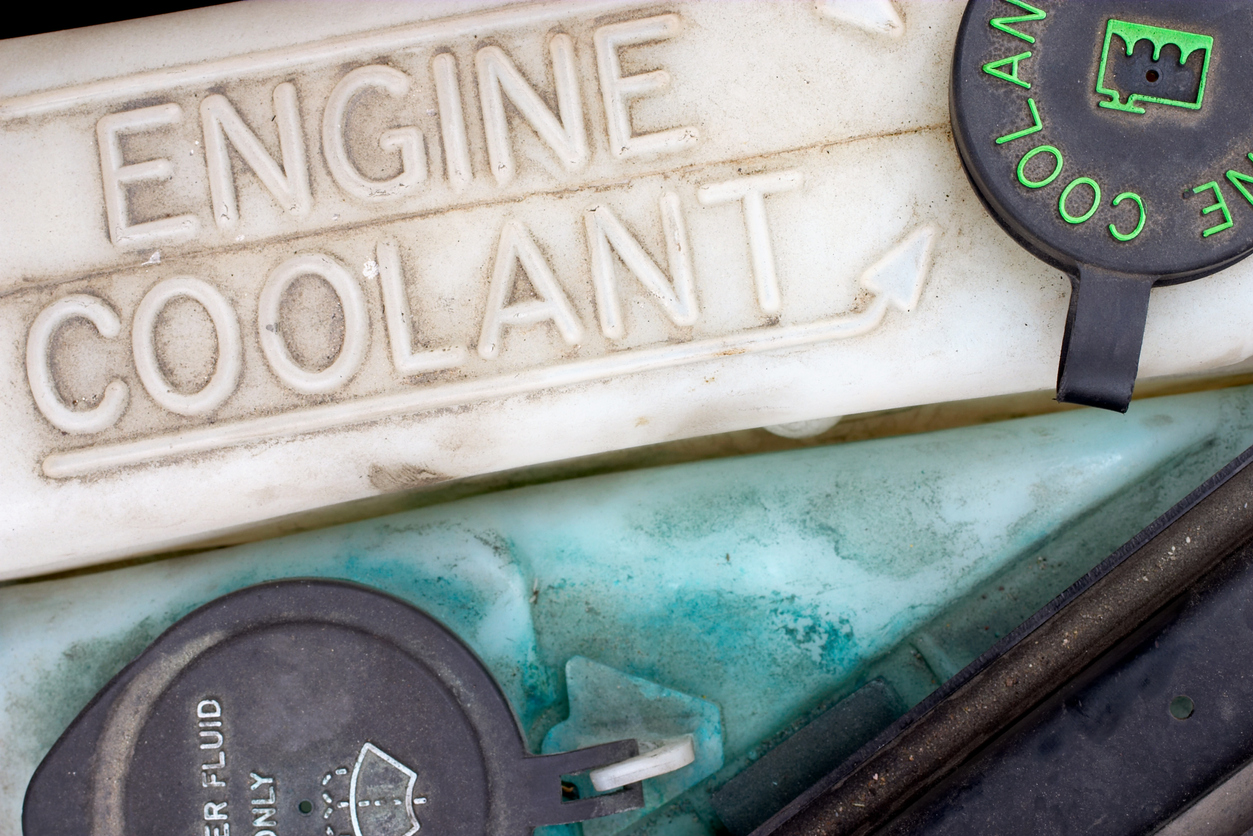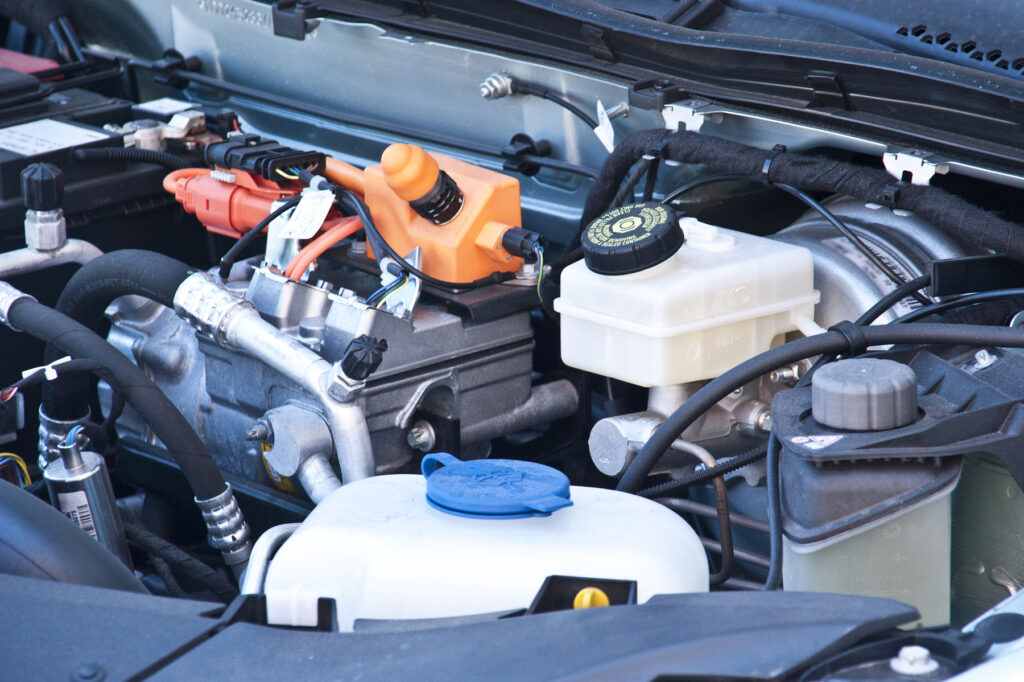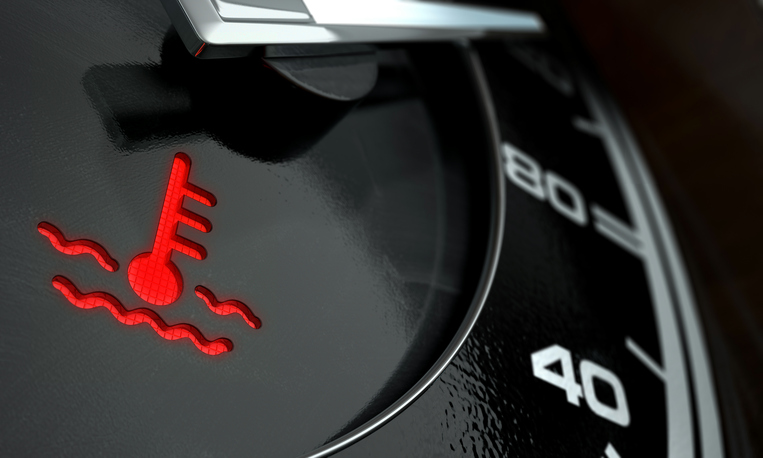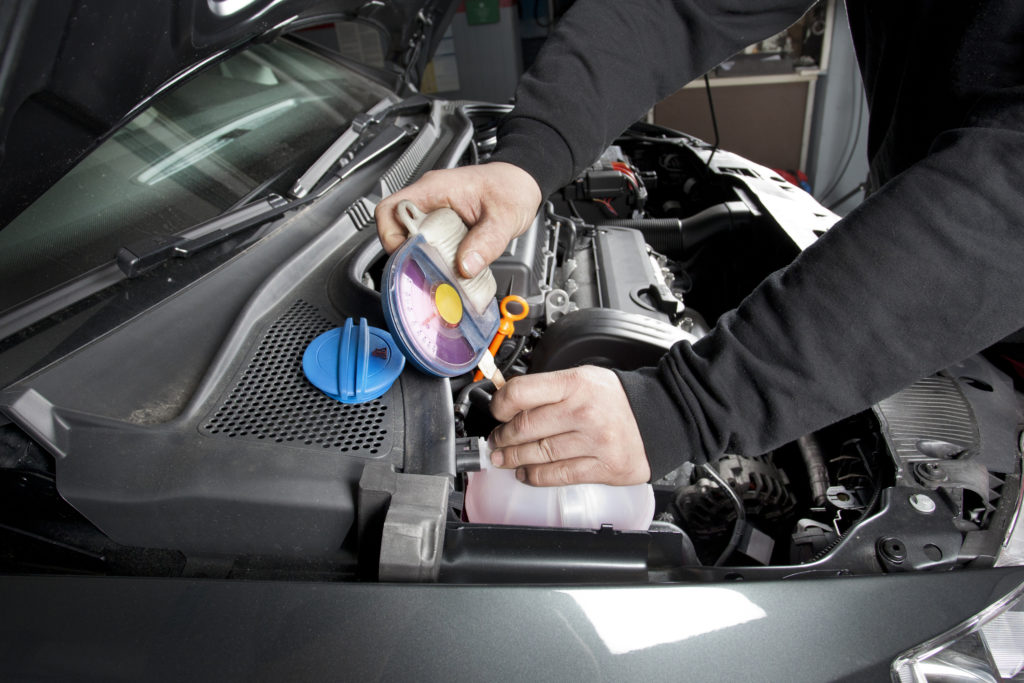Do you need to top your car up with coolant? Or maybe your cooling system has sprung a leak? Whatever help and advice you need, we’ve answered Google’s most-searched questions on coolant/antifreeze right here.
 What is engine coolant?
What is engine coolant?
Engine coolant is a vehicle fluid used to maintain the temperature of an engine. It flows around the engine through the cooling system, regulating the temperature of moving parts while protecting internal surfaces from corrosion and wear.
At Prestone, we refer to it as coolant/antifreeze, as it both protects your car from extreme heat and extreme cold. Coolant contains a mix of agents designed to prevent freezing and corrosion, so the engine is protected all year round.
Learn more about what coolant is in our in-depth guide to coolant/antifreeze.
What coolant should I use?
There are lots of car coolants out there, so finding the right product can be tricky. To help you choose, here are a couple of points to bear in mind when buying coolant for your car:
- What is the temperature rating? – cheap, low-quality coolants will have reduced temperature protection compared to more premium products. For example, Prestone protects the engine from -37°C to 129°C, while other coolants offer a narrower window of protection.
- How long does it last? – although cheaper coolants may look like the best deal in the short term, it all depends on their lifespan. Premium coolants are guaranteed to offer protection for 10 years or 150,000 miles, so you could save in the long term.
- Concentrate or ready-to-use? – some coolants are concentrated while others are ready to use right out of the bottle. Make sure you check the label and dilute if necessary.
- Can it be safely added to other coolant? – if you’re looking to top up your car’s coolant/antifreeze reservoir, you need a coolant that’s compatible with the existing fluid. While a mechanic can tell you which type of coolant is currently in the system, it’s easier to choose a premium product (such as Prestone) that’s guaranteed to be safe to mix with other types of coolant.
What is a coolant flush and when should I do one?
A coolant flush is when you replace coolant/antifreeze in the cooling system. How often you need to flush the cooling system depends on the lifespan of the coolant; always retain the bottle so you can check how long the product offers temperature protection for the engine.
As an example, if you were to use Prestone coolant/antifreeze in your car, you wouldn’t need to flush the cooling system for 10 years or 150,000 miles, whichever comes first. For cheaper coolants, however, you’ll have to flush the system more regularly to ensure the engine is always protected.
Learn how to do a coolant flush in our in-depth guide.
Why is coolant leaking?
Coolant leaks are a common fault in the cooling system, which can lead to symptoms such as an overheating engine. There are several reasons why your car’s cooling system may be leaking, including:
- A hole or crack in a hose
- A crack in the radiator
- A faulty part, like the water pump
- Corrosion and wear and tear within the cooling system
You’ll need to get the system repaired and watertight as soon as possible, otherwise the engine will overheat. A mechanic will be able to diagnose which part of the cooling system is causing the leak.
Why is my coolant light on and what should I do?
The coolant light tells you that the engine is overheating due to a lack of coolant in the cooling system. You shouldn’t ignore a coolant warning light on the dashboard, because a lack of coolant can lead to overheating and serious problems with the engine.
If the coolant light comes on while driving, find a safe place to pull over. Then, check the coolant/antifreeze reservoir – has there been a drop in the coolant level? You might find that there’s some steam coming from the engine; this usually indicates leaking coolant falling on to the hot engine.
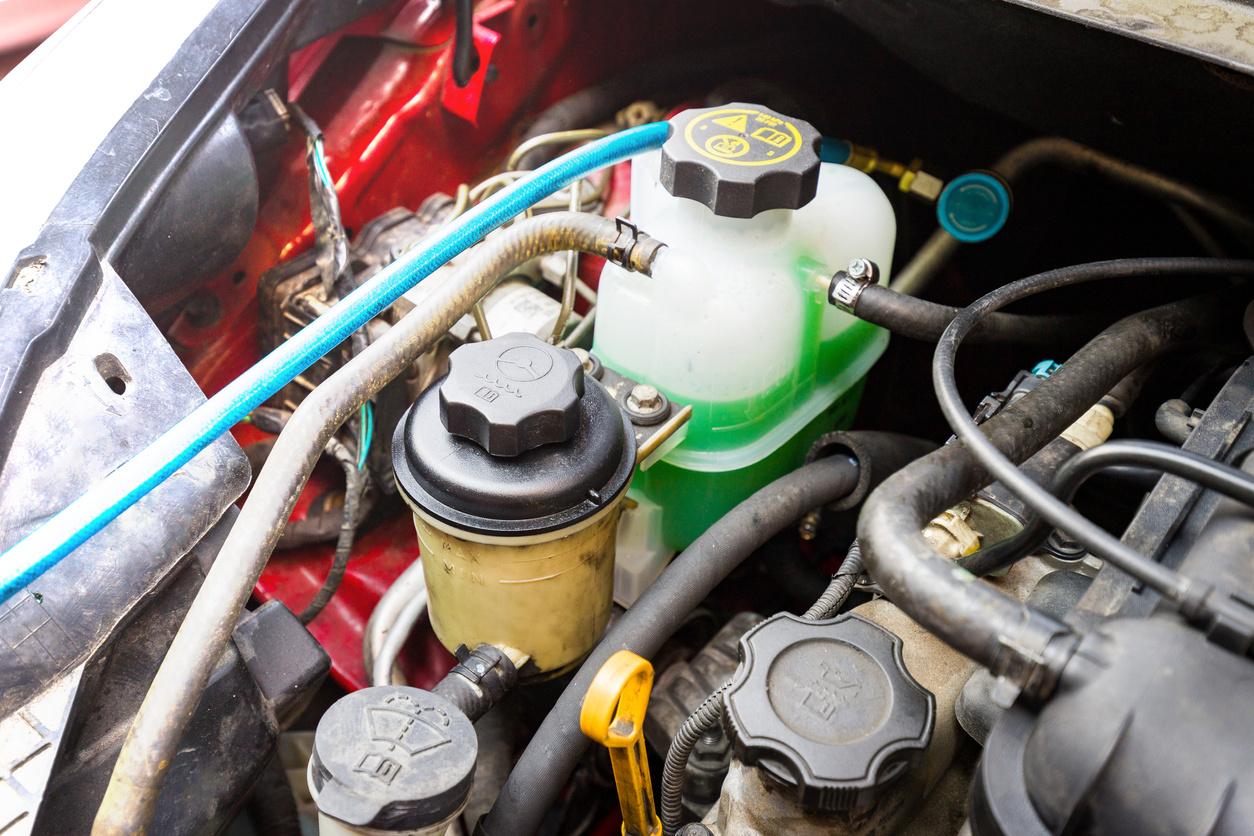
If you have a bottle of water with you, you can use it to fill up the reservoir, which may give you enough time to get home or to a garage. You’ll need to wait for the engine to cool before adding water, however as you should never unscrew the cooling system cap when the engine is hot.
If you don’t have water with you, there’s only one thing left to do: call your breakdown provider.
When is coolant temperature too high?
Car engines normally operate at a temperature between 90-104°C. This is the temperature that coolant/antifreeze helps the engine to stay at. Any higher, and the engine will start to overheat.
We’d always recommend using a premium coolant/antifreeze with a high heat rating. That way, the engine is better protected should it be exposed to high temperatures above the normal operating threshold.
Where can I find coolant in my car model?
Your car’s manual can offer information on which type of coolant/antifreeze is compatible with your engine.
Remember, though, that some coolants, such as Prestone, are safe to use with any type of engine, so there’s no need to worry about finding the right product. Prestone is also safe to mix with other coolants, further taking the hassle out of topping up and replacing coolant/antifreeze.
What do the colours of coolants mean?
Coolants come in different colours depending on the manufacturer and the chemical compounds they contain. For all the information you need to know about what the different colours of coolant mean, read our in-depth guide.
How to check your coolant?
Checking engine coolant is straightforward. Just find the coolant reservoir under the bonnet, and look at the level and colour of the coolant/antifreeze. You want it up to the ‘full’ line and to look clear and brightly coloured.
As well as these simple visual checks, it’s also possible to check the condition of the coolant/antifreeze. You can do this one of two ways: either by using a coolant/antifreeze tester, or by taking it to a trusted mechanic.
If you decide to use a coolant/antifreeze tester to check it yourself, follow these simple steps:
- Make sure the engine is cool before you start.
- Remove the cap from the coolant tank and insert the tester nozzle into the reservoir. Use the pipette to take a sample of the fluid.
- The tester will give a reading based on temperature; it will also give you a clearer look at the condition of the coolant, e.g. whether it’s full of small particles or looks clear.
How do I fix a coolant tank leak?
If you have a leaky cooling system, there are a couple of things you can do to repair it.
The most obvious fix is to have a new part installed by a professional mechanic. Depending on the component that’s faulty, this can be expensive, particularly if the cooling system needs a new water pump or heater core.
If you’d prefer a quicker, more affordable solution, you can use products from the Holts Repair range. This is a sealant product which circulates through the cooling system, providing a professional repair for small holes and cracks in the cooling system. Here’s a look at how it works:
How do I top up my coolant?
Topping up your car with coolant is easy. Just follow these simple steps:
- Make sure the engine is cool before you start.
- Select the right type of coolant/antifreeze; dilute it to the correct ratio if it’s from concentrate (we’d recommend using distilled water).
- Remove the cap from the coolant reservoir and locate the ‘max fill’ line.
- Carefully pour the coolant/antifreeze into the system; you may need to use a funnel depending on the shape of the bottle. Top it up to the fill line.
- Run the engine for a couple of minutes while the cap is still off. This will expel any air from the cooling system.
- Replace the cap and you’re good to go.
So, there you have it – your questions about coolant, answered. If you’d like any other cooling system tips and advice, take a look at the Prestone blog or get in touch on our Facebook page. For the complete range of Prestone products, visit the homepage.

